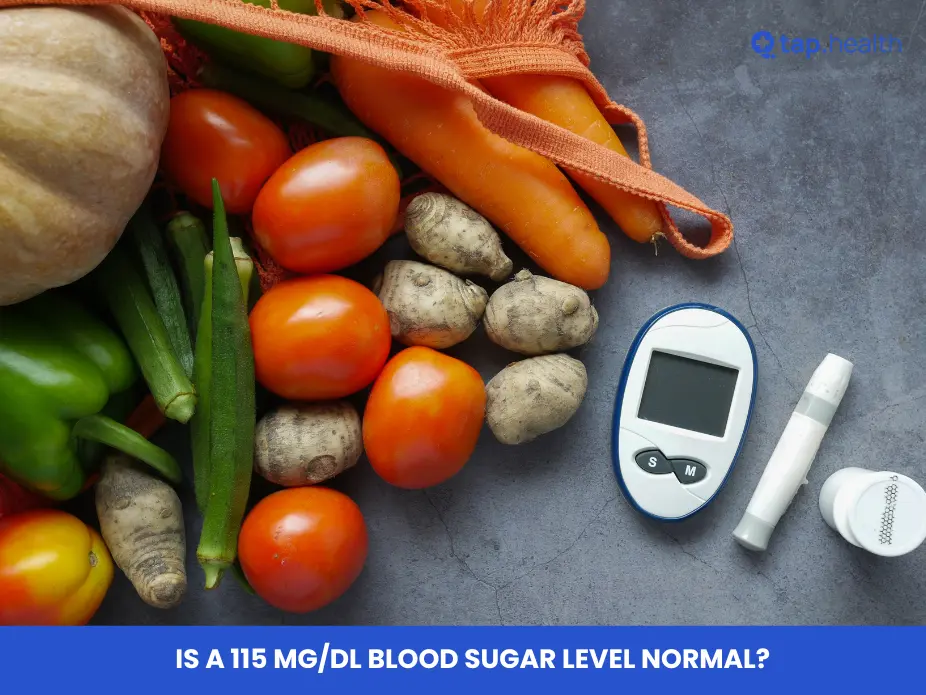Cracked heels, also known as heel fissures, are a common problem that many people face, particularly during the dry and colder months. Not only do cracked heels look unsightly, but they can also be painful and lead to further complications if not treated properly. Fortunately, there are several effective home remedies that can help heal cracked heels and prevent them from recurring.
In this comprehensive guide, we’ll explore the best home remedies for cracked heels, how they work, and how you can incorporate them into your skincare routine. From simple DIY treatments to preventive measures, you’ll find practical solutions to keep your feet soft, smooth, and crack-free.
Understanding Cracked Heels: What Causes Them?
Before we dive into remedies, it’s important to understand what causes cracked heels. When the skin on your feet becomes dry and rough, it can cause the skin to split, leading to cracks. Several factors contribute to cracked heels, including:
1. Dry Skin
One of the most common causes of cracked heels is dry skin. If the skin on your feet lacks moisture, it becomes more prone to cracking. Dry air, especially during winter, worsens this condition.
2. Prolonged Standing or Walking
Spending long hours standing or walking without proper foot care can put extra pressure on the heels, leading to thickened skin and cracks.
3. Improper Footwear
Wearing shoes that don’t provide proper support or those with open backs can lead to cracked heels. Flip-flops, high heels, and sandals can exacerbate the issue, as they fail to cushion the heels properly.
4. Obesity
Being overweight can increase the pressure on the feet, leading to the formation of cracks on the heels due to excess friction and strain.
5. Medical Conditions
Certain conditions such as diabetes, eczema, and psoriasis can make the skin more susceptible to cracking. These conditions often affect the skin’s natural ability to heal itself.
6. Poor Foot Hygiene
Not taking proper care of your feet can also contribute to cracked heels. Failing to clean and moisturise the feet regularly can lead to dryness and cracks.
Best Home Remedies for Cracked Heels
Now that we understand the causes, let’s dive into the best home remedies for cracked heels. These natural treatments can help nourish your skin, heal the cracks, and prevent further damage.
1. Soaking Your Feet in Warm Water
Soaking your feet in warm water is one of the simplest yet most effective ways to treat cracked heels. The warm water softens the hardened skin and prepares it for exfoliation.
How to Do It:
-
Fill a tub with warm water and add a tablespoon of Epsom salt or a few drops of lavender essential oil for added benefits.
-
Soak your feet for 15–20 minutes to allow the skin to soften.
-
Scrub your heels gently using a foot scrub or pumice stone to remove the dead skin.
-
Moisturise your feet immediately after the soak to lock in moisture.
2. Using Coconut Oil for Moisturisation
Coconut oil is a powerful natural moisturiser that can help hydrate and soften the skin on your heels. It has anti-inflammatory and antifungal properties, which promote healing and prevent infection.
How to Do It:
-
Apply warm coconut oil directly to the cracked heels before bed.
-
Massage it in gently, focusing on the cracks and dry areas.
-
Wear cotton socks to keep the oil on your feet overnight.
-
Repeat this process nightly until you see improvement.
3. Honey and Glycerin for Healing Cracked Heels
Honey is a natural humectant, which means it draws moisture into the skin. It also has antibacterial properties, which help prevent infections in the cracks. Glycerin is another excellent moisturiser that helps lock in hydration.
How to Do It:
-
Mix 1 tablespoon of honey with 1 tablespoon of glycerin.
-
Apply the mixture to your cracked heels and leave it on for 30 minutes.
-
Rinse off with warm water and follow up with a good moisturiser.
-
Use this remedy 2-3 times a week for best results.
4. Banana and Avocado Mask
Both banana and avocado are rich in vitamins and healthy fats that help nourish the skin and repair damage. The combination of these two ingredients helps to soften dry, cracked heels.
How to Do It:
-
Mash 1 ripe banana and 1 ripe avocado together to form a smooth paste.
-
Apply the paste to your cracked heels and leave it on for 15-20 minutes.
-
Rinse off with lukewarm water and pat dry.
-
This remedy can be used twice a week to restore soft, smooth feet.
5. Oatmeal and Olive Oil Scrub
Oatmeal is a gentle exfoliant that can help remove dead skin cells, while olive oil deeply nourishes and softens the skin. This combination works wonders to heal cracked heels.
How to Do It:
-
Mix 2 tablespoons of oatmeal with 1 tablespoon of olive oil to make a paste.
-
Apply the mixture to your cracked heels and gently massage in a circular motion.
-
Let it sit for 10-15 minutes and rinse with warm water.
-
Follow up with a moisturiser to lock in the moisture.
6. Aloe Vera Gel for Instant Relief
Aloe vera is well-known for its soothing and healing properties. It can help hydrate dry skin and promote the regeneration of new skin cells.
How to Do It:
-
Extract fresh aloe vera gel from the plant and apply it directly to your cracked heels.
-
Massage it in gently and leave it on for 20-30 minutes.
-
Rinse off with lukewarm water and apply a moisturiser.
-
You can use this remedy once or twice a day for immediate relief.
7. Petroleum Jelly for Deep Moisturisation
Petroleum jelly is an excellent occlusive agent, meaning it creates a barrier that locks in moisture. It is particularly effective for treating severely cracked heels and preventing further dryness.
How to Do It:
-
Apply petroleum jelly generously on your cracked heels before bed.
-
Wear cotton socks to keep the jelly in place overnight.
-
In the morning, wash off any excess jelly and follow up with a moisturiser.
8. Lemon and Baking Soda Soak
Lemon contains natural acids that help exfoliate and remove dead skin, while baking soda acts as a gentle scrub that softens the skin. Together, they form a powerful treatment for cracked heels.
How to Do It:
-
Add 1/4 cup of baking soda and juice of 1 lemon to a tub of warm water.
-
Soak your feet in this mixture for 15-20 minutes.
-
After soaking, gently scrub your heels with a pumice stone.
-
Moisturise your feet after the soak to prevent further dryness.
Preventing Cracked Heels
While home remedies are effective in treating cracked heels, prevention is always better than cure. Here are a few tips to help prevent cracked heels from occurring in the first place:
1. Moisturise Daily
Make it a habit to moisturise your feet daily, especially after showering or soaking them. Use a thick, emollient-rich moisturiser that will lock in hydration.
2. Wear Comfortable, Supportive Footwear
Avoid wearing ill-fitting shoes or shoes with open backs. Opt for shoes that provide support to the heel and prevent excess pressure on the feet.
3. Exfoliate Regularly
Regular exfoliation helps remove dead skin cells that can accumulate on the heels. You can use a pumice stone or an exfoliating scrub to keep the skin smooth.
4. Drink Plenty of Water
Hydrated skin is less likely to crack. Make sure you drink enough water throughout the day to keep your skin nourished and healthy.
5. Avoid Prolonged Standing
Try to avoid standing for long periods, especially if you already have dry skin on your feet. If standing is unavoidable, make sure to take frequent breaks and elevate your feet when possible.
Real-Life Scenario
Rina noticed her heels were rough and painful after weeks of wearing open sandals during the summer. She started soaking her feet every evening, exfoliating gently, and applying coconut oil before bed. Within a few weeks, her heels became noticeably smoother, and the cracks started healing.
Expert Contribution
Dermatologists emphasize that regular foot care is key to preventing and treating cracked heels. They recommend:
-
Daily moisturization with thick creams or ointments.
-
Avoiding walking barefoot on hard surfaces.
-
Using gentle exfoliation methods rather than harsh scrubbing.
-
Seeking medical attention if cracks become deep, bleed, or show signs of infection.
Recommendations Grounded in Proven Research and Facts
-
Consistency is crucial: Applying moisturizer daily and protecting feet with socks improves healing.
-
Natural remedies work: Studies show coconut oil, shea butter, and aloe vera have moisturizing and anti-inflammatory properties that aid in healing cracked skin.
-
Lifestyle adjustments help: Wearing supportive footwear and avoiding prolonged standing on hard surfaces can prevent recurrence.
-
Monitor for infections: Cracks that become red, swollen, or painful may require medical treatment, including topical antibiotics.
Frequently Asked Questions (FAQ) on Best Home Remedies for Cracked Heels
1. How long does it take for cracked heels to heal?
The healing time for cracked heels depends on the severity of the cracks. With regular care and treatment, minor cracks may heal in a week, while more severe cracks could take several weeks to fully heal.
2. Can cracked heels lead to infections?
Yes, if left untreated, cracked heels can become infected, especially if bacteria enter the cracks. It’s important to keep the feet clean and properly moisturised to prevent infection.
3. Can diabetes cause cracked heels?
Yes, people with diabetes are more prone to dry skin, which can lead to cracked heels. It’s important for diabetic individuals to regularly moisturise their feet and monitor their foot health.
4. How often should I moisturise my cracked heels?
For best results, moisturise your cracked heels at least twice a day – once in the morning and once before bed. Use thick creams or oils for maximum hydration.
5. Is it safe to use a pumice stone on cracked heels?
Yes, but only on mild cracks. For deep cracks, using a pumice stone may cause more harm than good. Always soften the skin first and be gentle to avoid further injury.
Conclusion
Cracked heels are a common issue that can be easily managed with the right treatment and preventative measures. From simple home remedies like soaking your feet in warm water and using coconut oil to natural scrubs like honey and glycerin, there are many ways to treat and prevent cracked heels at home.
By following the remedies and tips shared in this article, you can keep your feet soft, smooth, and free from cracks. Remember, consistency is key—whether you’re treating cracked heels or trying to prevent them, incorporating good foot care into your routine will pay off in the long run.



